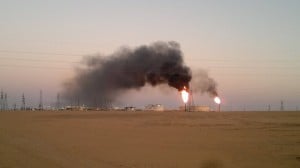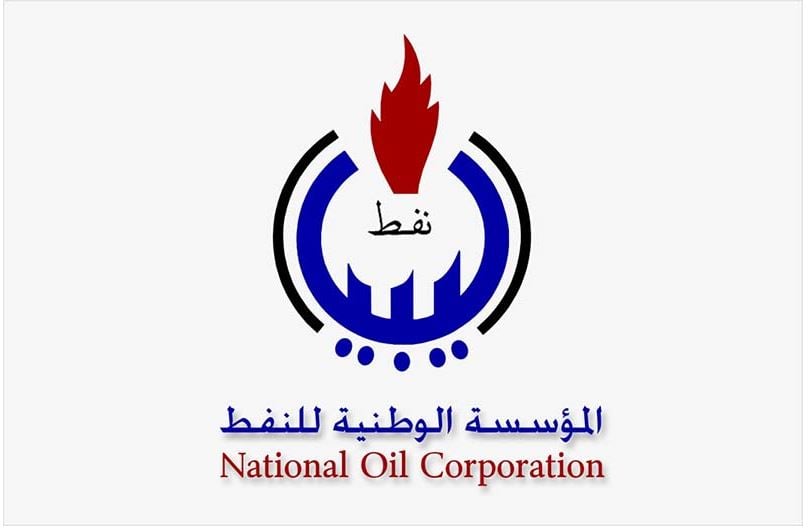By Moutaz Ali

Tripoli 27 April 2017:
The Sharara oilfield has again reopened following a deal between the National Oil Corporation (NOC), elders from Zintan and the Petroleum Facilities Guard (PFG), the NOC’s media office said today.
The reopening of the field is expected to add 200,000 barrels of oil per day to Libyan oil production, the office added on its webpage. It said it would also allow the nearby Fil (“elephant”) field, which produces 80,000 barrels, to restart as well.
The Fil field was shut because no electric power, on which it also depends, was being produced at the Sharara field.
“We consider this a permanent solution and have agreed to terminate the state of force majeure”, NOC chairman NOC Mustafa Sanalla said.
The three sides agreed to never again to allow the industry to be blackmailed by any group closing the fields and demanding money, he added.
The Fil and Sharara fields have experienced a revolving door of closures and reopenings over the past few weeks. Having reopened last December after a two-year closure, the two fields were again closed just a month ago, then reopened at the beginning of this month, only to be closed yet again a week later when an armed group, said to be from Jadu, once more switched off the pipeline valves near Reyana, near Zintan in the Jebel Nafusa.
A member of the Zintani elders council, Mohamed Al-Najeh, insisted he and his colleagues were fully against any action that would hurt Libyans economically, including blocking oil fields.
According to the NOC, all have insisted the Presidency Council (PC) and Central Bank of Libya (CBL) pay no money to those who obstruct oilfield output.
Meanwhile, it also reported that Idris Bukhamada, the head of the PFG appointed by the PC is recommending that that the PFG should in future come directly under the NOC’s control.
The Sharara field is operated by Akakus Oil, a joint venture mainly between NOC and Spain’s Repsol, but also including Austria’s OMV and France’s Total.
Speaking in Paris today at the International Oil Summit organised by the Institut Français du Petrole, Sanalla put production at some 490,000 b/d. He expected it would soon reach 800,000 b/d .





